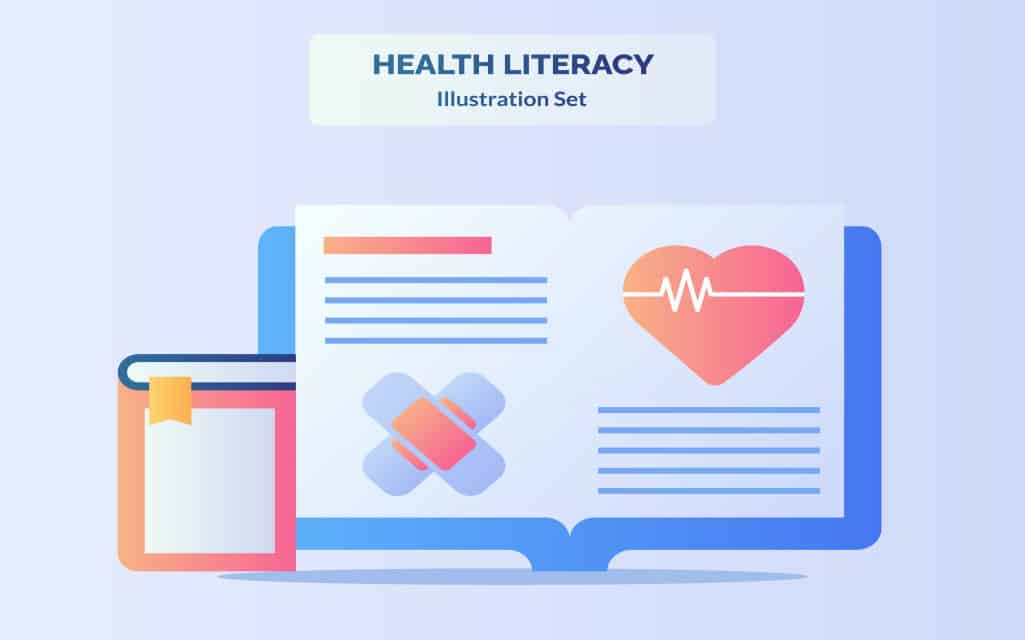The United States has a health literacy issue. As per the US Department of health and human services, nearly 9 out 10 people don’t have the required skills to manage their health to prevent diseases. Lower health literacy has been associated with a high rate of chronic diseases and preventable hospitalization, less frequent utilization of preventative services, and poor self-care. Health literacy solutions are the best way to solve these issues.
Every person must be able to access, comprehend, and do something about health info to solve a health problem. Even though health facilities must promote this accessibility and understanding of health information, health care must shoulder the key responsibility for enhancing health literacy.
A Close Look at Health Literacy
Health literacy is a level to which a person has the ability to access, communicate, internalize, and comprehend basic health info and services to make better health decisions. For instance, a person with a proficient level of health literacy knows the connection between smoking and cancer risks. This encourages them to make appropriate healthy lifestyle decisions. Besides, they will easily recognize the signs of a chronic illness to get the needed care.
When it comes to picking a healthy lifestyle, you need to understand how to get medical care, and take advantage of preventive measures. All these are the benefits of understanding and using health info. Easy access to health information is the primary determinant of health literacy solutions. Individuals who have restricted or no access to health information will experience a low degree of health literacy.
Using some strategies, health caregivers can offer the best health literacy solutions to their patients by providing health details that are accessible, actionable, and clear.
Utilize Plain and Unambiguous Language
One of the best health literacy solutions is the utilization of plain and clear language in written and verbal communication. Plain language guarantees that the patient will get what they want, know what they find, and utilize what they find to meet their requirements.
Some of the key components of plain language comprise:
- Organizing health information such that the essential points come at the top
- Simplifying complicated details into understandable data
- Utilizing simple words to define technical and medical terms
- Use of active voice
Utilization of Visual Aids Can Be Helpful
Visual aids include things like illustrations, videos, images, and informational graphs. These materials help patients to comprehend health information better. They are great tools for reinforcing verbal and written health communication. This is essential because health data that is offered in unfamiliar and stressful conditions will be retained.
It’s vital to select meaningful visuals that are linguistically appropriate, culturally sensitive, and are well captioned and labeled.
Embrace the Use of Technology
Using technology like patient portals, mobile apps, and telemedicine solutions will assist you to connect effectively with patients and might contribute to better health literacy levels. Make sure you implement these strategies as they offer the best health literacy solutions.



